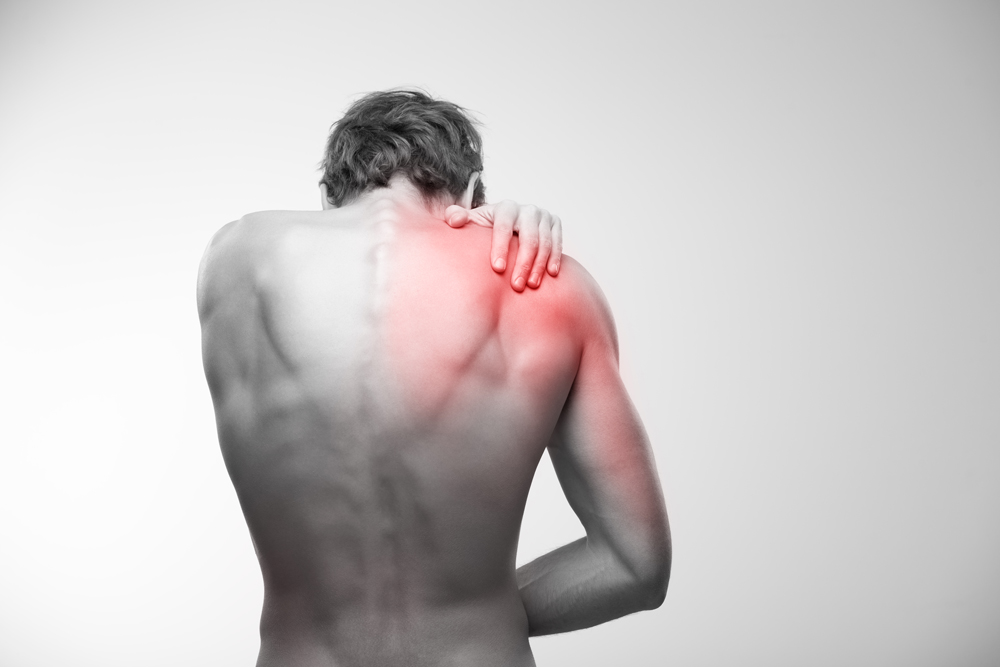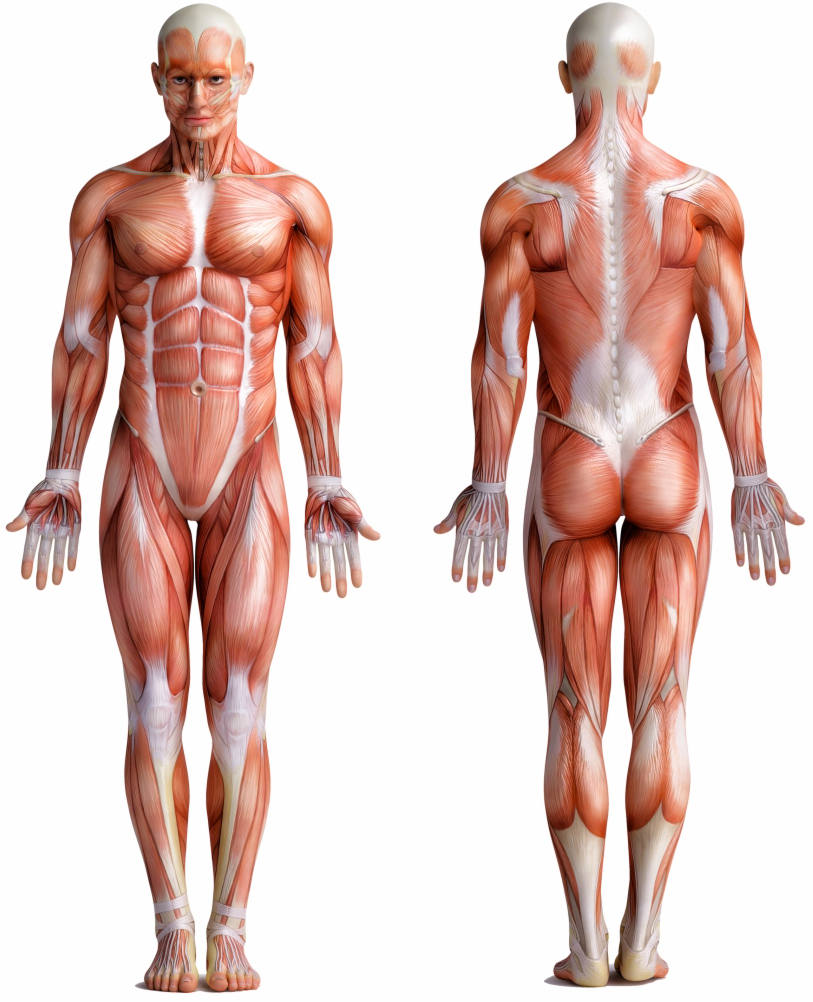-

-
About Us
- Our Vision
-
Personalized Care
Personalized Care Personalized Care Intro
Diagnostic Tests
- Digital X-Ray
- DynaROM
- 3D Body Scanning
- Gastrointentinal Health
- Organic Acids
- Comprehensive Stool Analysis
- Food Sensitivity
- Dietary Antigen Complete
- Endocrinology
- Thyroid Panel
- DUTCH Hormone Test
- Neurotransmitter Profile
- Adrenal Profile
- Nutritional Status
- Vitamin D
- Homocysteine
- Methylmalonic Acid
- Urine Iodine
- Organic Acids
- Copper Zinc Profile
- Essential Fatty Acid Profile
- RBC Metals & Minerals
- Toxic & Essential Elements
- RBC Elements
- Urine Toxic Metals
- Hair Metals & Minerals
- Urine Halides
Treatments
- Avacen Therapy
- Bioidentical Hormone Replacement Therapy (Anti-Aging)
- Chiropractic Care
- Electric Muscle & Nerve Stimulation
- Emsculpt Neo
- Emsella Treatment
- Erchonia Laser (Model EVRL)
- Exosomes
- Hair Restoration
- Headache & Migraine Treatment
- Hyaluronic Acid Injection
- Intersegmental Traction
- IV Nutrient Therapy
- Laser Lipo
- Massage Traction Chair
- PRP Facials
- PRP for Erectile Dysfunction
- PRP for Female Sexual Dysfunction
- PRP for Pain Relief
- PRP for Urinary Incontinence
- Semaglutide
- Shockwave Therapy for Cellulite & Skin Tightening
- Shockwave Therapy for Pain Relief
- Shockwave Therapy for Female Sexual Dysfunction
- Shockwave Therapy for Male Sexual Dysfunction
- Skin Rejuvenation
- Spinal Decompression
- TENS Unit
- Testosterone Replacement Therapy (TRT)
- Therapeutic Ultrasound
- Thyroid Care
- Trigger Point Therapy
- Durable Medical Equipment
- Ankle-foot Orthosis
- Cervical Rehab Coller
- Custom Foot Orthotics
- Lumbosacral Orthosis
- Osteoarthritis Knee Brace
- Wrist Brace
- FAQs
- Testimonials
- Pain Relief
- Weight Loss
-
Sexual Wellness
-
Anti-Aging
-
Resources
- Blog
- Video Library
- Store
-
Health Condition Library
Health Condition Library
- Ankle Osteoarthritis
- Bulging Spinal Disc
- Carpal Tunnel
- Cervical Degenerative Disc Disease
- Cervical Radiculopathy
- Elbow Bursitis
- Erectile Dysfunction
- Fatigue
- Female Hormone Imbalance
- Female Sexual Dysfunction
- Fibromyalgia
- Foot Arthritis
- Frozen Shoulder
- Golfer’s Elbow
- Hand Arthritis
- Headache
- Hip Bursitis
- Hip Osteoarthritis
- Hyperthyroidism
- Hypothyroidism
- Knee Bursitis
- Knee Osteoarthritis
- Low Testosterone
- Lumbar Degenerative Disc Disease
- Migraines
- Musculoskeletal Pain
- Obesity
- Osteoarthritis
- Plantar Fasciitis
- Plantar Fibroma
- Rotator Cuff Injury
- Sciatica Pain
- Shoulder Bursitis
- Shoulder Osteoarthritis
- Tennis Elbow
- Thoracic Degenerative Disc Disease
- Urinary Incontinence
- Weight Gain
- Wrist Arthritis
- Wrist Bursitis
- Contact
Understanding Shoulder Pain

Alternate Names for Shoulder Pain:
Shoulder pain may also be denoted as:
- Rotator Cuff Injury: This refers to damage or inflammation of the muscles and tendons that surround the shoulder joint, known as the rotator cuff. It is a common cause of shoulder pain, especially among athletes and individuals involved in repetitive overhead activities.
- Shoulder Osteoarthritis: Osteoarthritis is a degenerative joint disease that can affect any joint in the body, including the shoulder. It occurs when the protective cartilage that cushions the bones wears down over time, leading to pain, stiffness, and reduced mobility.
- Frozen Shoulder: Also known as adhesive capsulitis, frozen shoulder is a condition characterized by stiffness and pain in the shoulder joint. It typically develops gradually and can significantly limit shoulder movement.
- Shoulder Bursitis: Bursae are small fluid-filled sacs that cushion the bones, tendons, and muscles around joints. When these bursae become inflamed, it leads to shoulder bursitis, causing pain, swelling, and limited mobility.
- Adhesive Capsulitis: Adhesive capsulitis, commonly known as “frozen shoulder,” is a condition characterized by the gradual onset of shoulder pain and stiffness. It is often associated with the thickening and tightening of the shoulder joint capsule, limiting its range of motion.
Introduction:
Shoulder pain is a widespread condition affecting millions of people and can significantly impact daily activities and quality of life. Whether it’s a result of an injury, overuse, or underlying medical conditions, understanding the causes, symptoms, and treatment options for shoulder pain is crucial for effective management and recovery.
What is Shoulder Pain?
Shoulder pain refers to any discomfort or pain experienced in the shoulder joint or surrounding structures. It can range from mild to severe and may be accompanied by stiffness, limited range of motion, or weakness. The shoulder joint is a complex structure consisting of bones, muscles, tendons, and ligaments, making it susceptible to various injuries and conditions.
Symptoms:
Symptoms of shoulder pain can vary depending on the underlying cause. Common symptoms include:
- Pain or discomfort in the shoulder joint or surrounding area
- Stiffness or reduced range of motion
- Weakness or instability in the shoulder
- Swelling or inflammation
- Difficulty sleeping on the affected side
- Radiating pain down the arm
Causes:
Shoulder pain can be caused by innumerable factors, such as:
- Injuries: This includes sprains, strains, dislocations, fractures, and rotator cuff tears, often resulting from falls, accidents, or sports-related activities.
- Overuse: Repetitive overhead movements, such as throwing, lifting, or reaching, can lead to shoulder pain and inflammation.
- Degenerative Conditions: Osteoarthritis, rheumatoid arthritis, and other degenerative joint diseases can affect the shoulder joint, causing pain and stiffness.
- Inflammation: Conditions like bursitis, tendinitis, and synovitis can lead to shoulder pain due to inflammation of the bursae, tendons, or synovial lining.
- Nerve Impingement: Cervical radiculopathy, where nerves in the neck are compressed or irritated, can cause referred pain in the shoulder.
Treatment Options:
Treatment options for shoulder pain are numerous and depend on the underlying cause and severity. They may include:
- Rest and Activity Modification: Avoiding activities that worsen the pain and allowing the shoulder to rest and heal.
- Physical Therapy: Targeted exercises and stretches to improve strength, flexibility, and range of motion.
- Medications: Over-the-counter pain relievers, nonsteroidal anti-inflammatory drugs (NSAIDs), or corticosteroid injections to reduce pain and inflammation. Although NSAIDs do reduce inflammation to temporarily relieve pain, they are responsible for 30% of hospital admissions for adverse drug side effects, mainly due to bleeding, heart attack, stroke, and kidney damage. In addition, from the first day of use, all NSAIDs increase the risk of gastrointestinal (GI) bleeding, myocardial infarction, and stroke.
- Heat or Cold Therapy: Applying heat or cold packs to the affected area to alleviate pain and reduce swelling.
- Surgical Intervention: In severe cases, or when traditional treatments fail, surgical options such as arthroscopy, rotator cuff repair, or joint replacement may be an option.
Conclusion:
Shoulder pain has the potential to significantly and negatively impact daily activities and quality of life. Understanding the causes, symptoms, and treatment options for shoulder pain is essential for effective management and recovery. If you experience persistent or worsening shoulder pain, it is advisable to consult with a healthcare professional for a precise diagnosis and personalized treatment plan.








